In a groundbreaking fusion of synthetic biology and artificial intelligence, researchers have pioneered an "intelligent fermentation" system that dynamically optimizes yeast metabolism for artemisinin production. This technological leap could transform how we manufacture the world's most potent antimalarial compound, addressing both supply chain vulnerabilities and the growing threat of drug-resistant malaria strains.
The traditional method of extracting artemisinin from sweet wormwood plants (Artemisia annua) has long been plagued by agricultural limitations – seasonal growth cycles, land use conflicts, and variable yields that can't easily scale to meet global demand. For over a decade, scientists have worked to transfer the drug's biosynthetic pathway into microbial hosts like yeast, but until now, these efforts have struggled with metabolic inefficiencies that kept production costs prohibitively high.
What makes this new approach revolutionary is its real-time AI governance of the entire biosynthetic process. Unlike static metabolic engineering, the system continuously analyzes dozens of cellular parameters – from precursor molecule concentrations to cofactor ratios – and makes instantaneous adjustments to gene expression levels across the artemisinin pathway. This dynamic optimization mirrors how industrial control systems regulate chemical plants, but applied to the vastly more complex environment of living cells.
At the heart of the platform lies a machine learning model trained on massive datasets of yeast metabolism under thousands of different genetic and environmental conditions. The AI doesn't just follow predetermined rules; it discovers and implements novel regulation strategies that human engineers might never conceive. For instance, it found that temporarily suppressing a seemingly unrelated lipid metabolism gene during a specific fermentation phase boosted artemisinic acid yields by 22%.
The physical implementation involves an integrated hardware-software loop. Robotic bioreactors equipped with advanced sensors monitor extracellular metabolites, dissolved gases, and optical density, while single-cell microfluidic devices track intracellular conditions. This data streams to the AI controller, which then adjusts everything from temperature and aeration rates to the induction timing of pathway enzymes via light-activated genetic switches.
Early results have shattered previous productivity benchmarks. Pilot runs achieved sustained artemisinic acid production at 28 grams per liter – a concentration that makes commercial-scale purification economically viable. Perhaps more remarkably, the system maintained this output consistently across 150 generations of yeast, demonstrating that the AI can counteract the genetic drift that often plagues long-term industrial fermentation.
The implications extend far beyond artemisinin. This proof-of-concept establishes a framework for AI-driven biosynthesis of any complex molecule where static metabolic engineering hits limitations. The research team is already adapting the platform for taxol (a cancer drug) and vanillin (food flavoring) production, with dozens more targets in the pipeline.
From a global health perspective, the timing couldn't be more critical. Artemisinin-based combination therapies (ACTs) remain our frontline defense against malaria, which still claims over 600,000 lives annually – predominantly children under five in sub-Saharan Africa. Climate change is expanding malaria's geographic range while counterfeit medications and improper dosing accelerate parasite resistance. An AI-optimized, yeast-based production system could provide a more stable, scalable, and cost-effective supply chain to combat these challenges.
The technology does raise important questions about intellectual property and equitable access. While patent filings surround the AI control algorithms, the researchers have pledged to license the core yeast strains royalty-free for production in malaria-endemic countries. They're also developing simplified versions of the control software that could run on industrial equipment already present in developing-world pharmaceutical facilities.
Looking ahead, the team envisions even more autonomous next-generation systems. Future iterations might incorporate evolutionary AI that continuously redesigns portions of the metabolic pathway itself, not just its regulation. Other enhancements could include quantum computing for faster metabolic simulations and CRISPR-based "kill switches" to prevent environmental release of engineered strains.
As the first pharmaceutical manufacturing process where AI doesn't just assist but actively governs biological production, this represents a paradigm shift comparable to the advent of computer-controlled chemical synthesis in the 1970s. The coming years will likely see this approach transform how we produce not just medicines, but biofuels, agricultural compounds, and advanced materials – all through the marriage of living cells and machine intelligence.
For now, the focus remains on perfecting artemisinin production. With clinical-grade material expected to enter human trials within 18 months, the world may soon have a powerful new weapon against malaria – brewed not in fields or flasks, but in bioreactors guided by artificial intelligence.
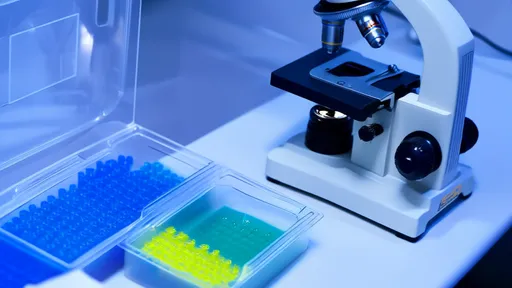
By /Jul 22, 2025

By /Jul 22, 2025

By /Jul 22, 2025

By /Jul 22, 2025

By /Jul 22, 2025
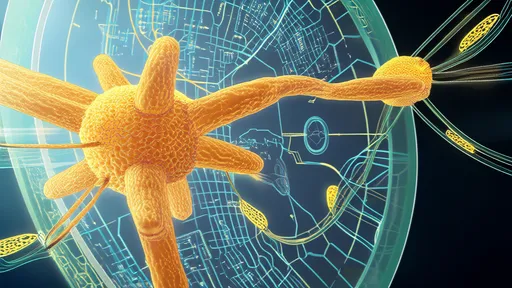
By /Jul 22, 2025

By /Jul 22, 2025
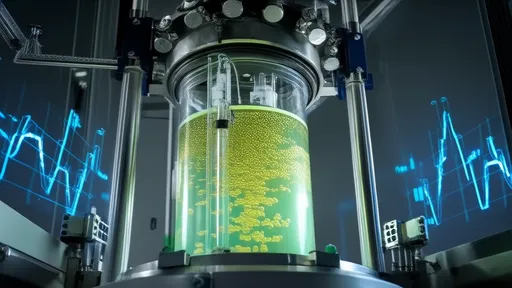
By /Jul 22, 2025
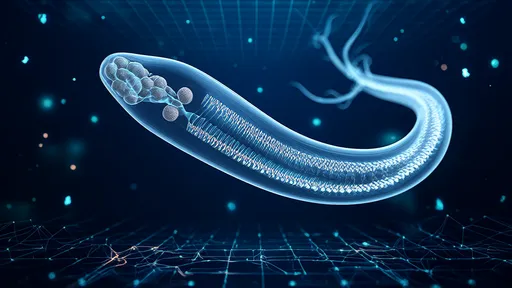
By /Jul 22, 2025

By /Jul 22, 2025

By /Jul 22, 2025

By /Jul 22, 2025

By /Jul 22, 2025
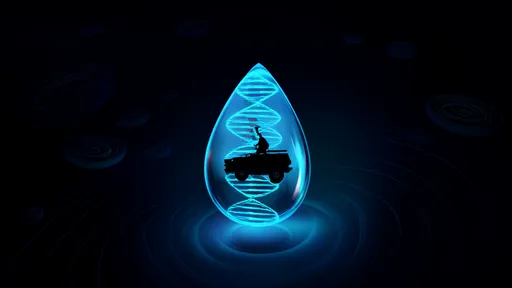
By /Jul 22, 2025
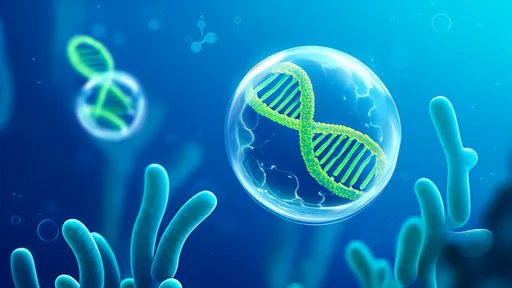
By /Jul 22, 2025
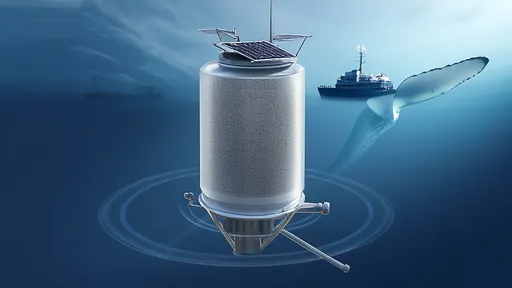
By /Jul 22, 2025
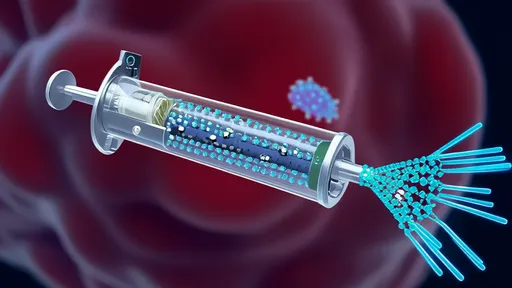
By /Jul 22, 2025
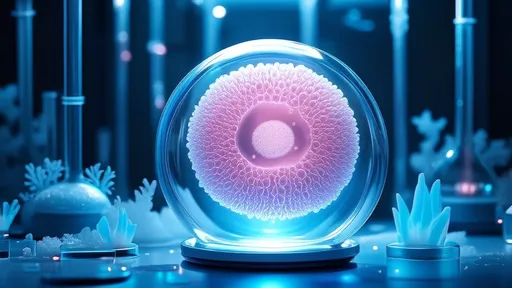
By /Jul 22, 2025